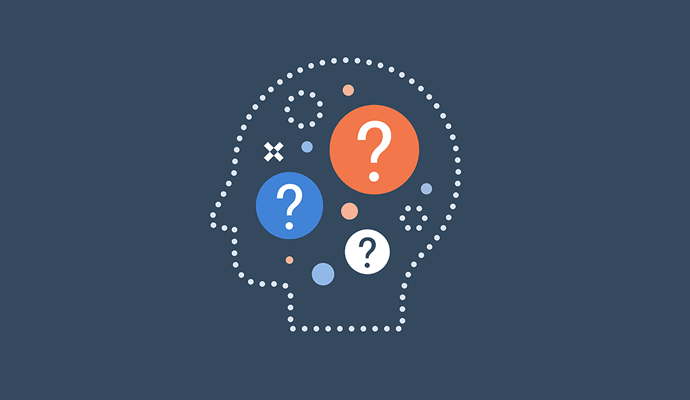Machine Learning Tool Can Detect Changes in Serotonin Levels
A machine learning-powered sensor can detect subtle changes in brain serotonin levels during sleep, fear, and social interactions.

Source: Getty Images
- A sensor powered by machine learning can accurately detect serotonin at different levels in the brain while having little or no reaction to other neurotransmitters or similarly shaped drugs, according to a study published in Cell.
Serotonin is a neurochemical that plays a critical role in how the brain controls our thoughts and feelings. Many antidepressants are designed to alter serotonin signals sent between neurons, and other pharmaceutical drugs for psychiatric disorders target serotonin as well. However, researchers noted that these drugs aren’t always as comprehensive as they could be.
“Existing drugs have limited efficacy; creation of improved versions will require better understanding of serotonergic circuitry, which has been hampered by our inability to monitor serotonin release and transport with high spatial and temporal resolution,” the team stated.
Current methods can only detect broad changes in serotonin signaling. To monitor serotonin transmission with greater reliability than current methods, researchers used advanced genetic engineering techniques to transform a bacterial protein into a new research tool.
In a previous, separate study, a different group of researchers used traditional genetic engineering techniques to convert a nutrient-grabbing, Venus flytrap-shaped bacterial protein into a sensor of the neurotransmitter acetylcholine. The protein, called OpuBC, usually snags the nutrient choline, which has a similar shape to acetylcholine.
In the current Cell study, researchers used machine learning algorithms to completely redesign OpuBC as a serotonin catcher. With this method, the team aimed to design a highly sensitive sensor that fluorescently lights up when it captures serotonin.
“We developed and applied a binding-pocket redesign strategy, guided by machine learning, to create a high-performance, soluble, fluorescent serotonin sensor (iSeroSnFR), enabling optical detection of millisecond-scale serotonin transients,” the group said.
Researchers used machine learning algorithms to help a computer come up with 250,000 new designs. The team conducted three rounds of testing before settling on one design. Initial experiments suggested that the new sensor reliably detected serotonin at different levels in the brain while having little to no reaction to other neurotransmitters or similarly shaped drugs.
Experiments in mouse brain slices showed that the sensor responded to serotonin signals sent between neurons at synaptic communication points. Meanwhile, experiments on cells in petri dishes suggested that the sensor could effectively monitor changes in these signals caused by drugs, including cocaine, MDMA, and several commonly used antidepressants.
Experiments in mice also showed that the sensor could help scientists study serotonin neurotransmission under more natural conditions. For example, the researchers witnessed an expected rise in serotonin levels when mice were awake and a fall as mice fell asleep. The team also saw a greater drop when mice eventually entered the deeper REM sleep states. With traditional serotonin monitoring methods, researchers would have missed these changes.
Additionally, the group saw serotonin levels rise differently in two separate brain fear circuits when mice were warned of a foot shock by a ringing bell. In one circuit – the medial prefrontal cortex – the bell triggered serotonin levels to rise fast and high, whereas in the other circuit – the basolateral amygdala – the transmitter crept up to slightly lower levels.
The researchers plan to make the sensor readily available to other researchers. The team expects that the study’s results will help researchers gain a better understanding of the critical role serotonin plays in our daily lives and in many psychiatric conditions.
“We demonstrate that iSeroSnFR can be used to detect serotonin release in freely behaving mice during fear conditioning, social interaction, and sleep/wake transitions. We also developed a robust assay of serotonin transporter function and modulation by drugs,” the team concluded.
“We expect that both machine-learning-guided binding-pocket redesign and iSeroSnFR will have broad utility for the development of other sensors and in vitro and in vivo serotonin detection, respectively.”
